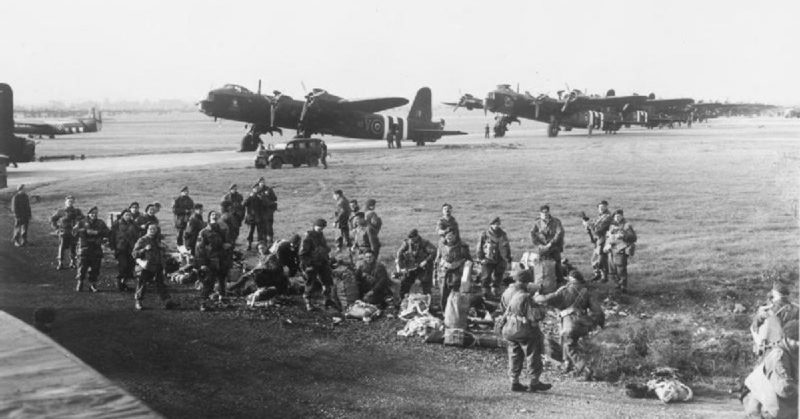The Germans had occupied the Netherlands for four years before Allied forces drove them back to their home country. The retreat triggered a wave of joy, mocking and laughter as the Dutch watched their oppressors leave.
The British Guards Armoured Division rode into Brussels on September 3, 1944, leading Queen Wilhelmina of the Netherlands to broadcast a message to her people from her location in London.
“Compatriots,” she said, “you know our liberation is coming.”
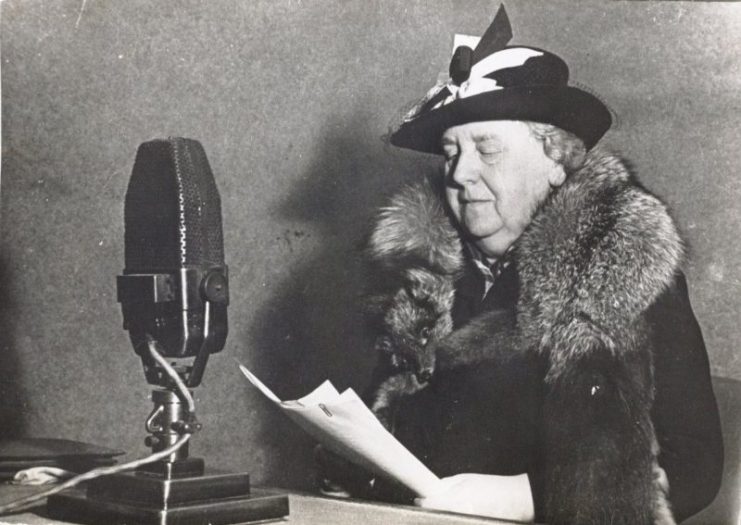
The Wehrmacht had seemed unstoppable when they stormed into the Netherlands were now forced to steal bicycles in order to escape the oncoming Allied liberators. Other vehicles commandeered by the Nazi soldiers included Red Cross ambulances and an omnibus. German soldiers even fled aboard a horse-drawn farm cart complete with ducks, chickens and geese in cages.
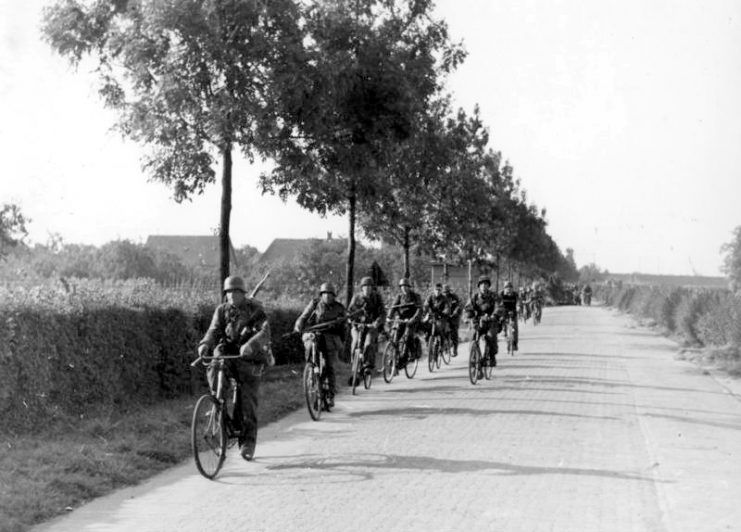
‘DolleDinsdag,’ or ‘Mad Tuesday,’ was the peak of the Nazi exodus as the troops pulled out of France and Belgium on September 5, 1944. Rumors were thick that Field Marshall Bernard Montgomery had his armies poised on the border of the Netherlands, prepared to finish removing the Nazi blight from Dutch soil.
A woman in Eindhoven wrote that the sloppy retreat of the formerly formidable army was a great delight to the Dutch citizens. Many citizens placed chairs along the street to watch the retreating troops, but the spectacle would prove to be short-lived.
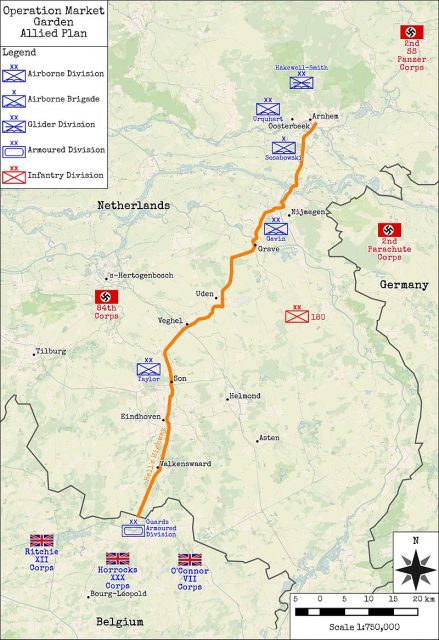
As Montgomery began his march through the Netherlands, the Germans put up a stiff defense leading to ten days of brutal warfare and the deaths of thousands of Allied soldiers and tens of thousands of civilians who risked everything to help the Allies.
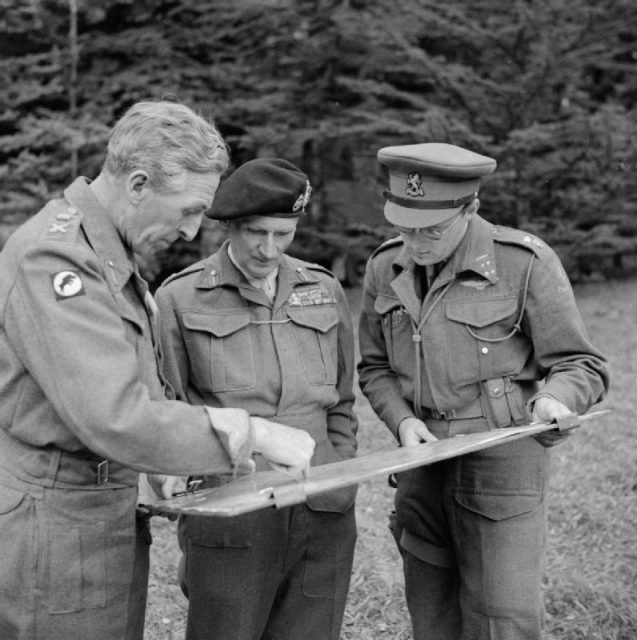
The German reprisals against the Dutchmen who assisted the Allies were relentless and continued through the end of the war. Anthony Beever spent two years poring through the archives in the Netherlands, Germany, Poland, Great Britain and the USA. His studies have convinced him that the Allied attempt to push Germany out of Holland – code named Operation Market Garden –was poorly conceived and should never have been attempted.
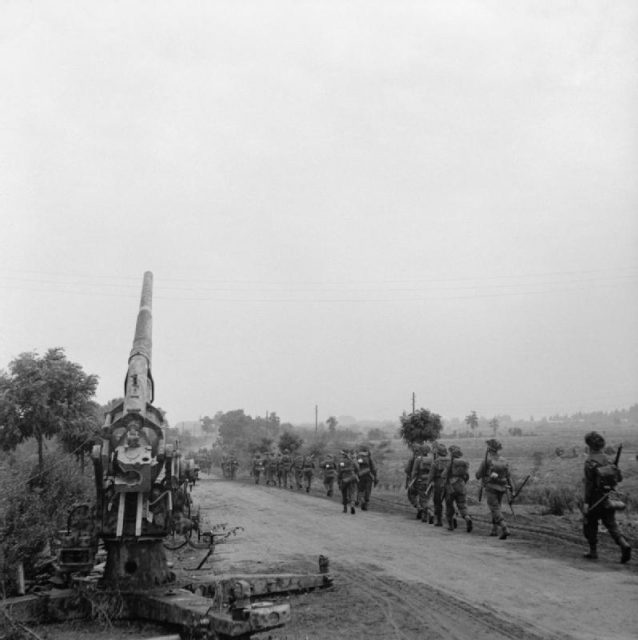
Montgomery’s plan was to seize a 70-mile road from the border with Belgium to the city of Arnhem in Holland. He expected that controlling this road would be the key to crossing the Rhine River. In turn, this would put him ahead of his American rival, General Omar Bradley. As a result, General Dwight Eisenhower would have to give him the go-ahead to move ahead into Germany. But the Germans were not about to give up without a fight.
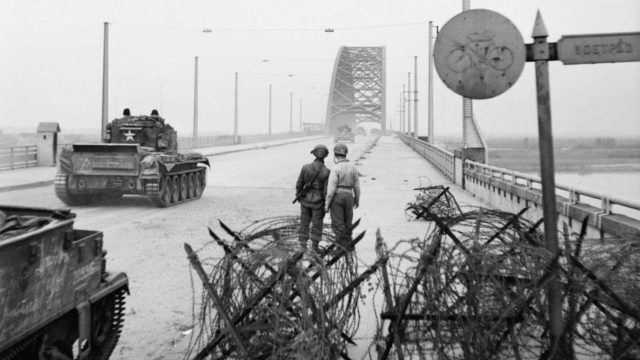
After struggling to get a foothold in the Netherlands by seizing control of the Meuse-Escaut Canal, it was painfully obvious that Montgomery’s men were going to have to work a lot harder to progress than they had expected. As the British forces moved closer, astute Dutch citizens were noticing a change in the behavior of the German troops. While the retreat continued, there was movement towards the front with the British foes.
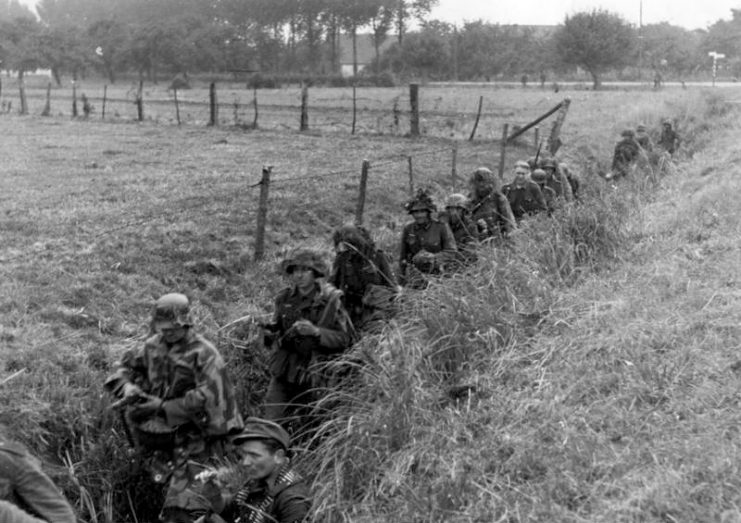
The Allied planners had not anticipated the speed and determination of the German military to regroup and respond to Montgomery’s attack. The Dutch underground tried to warn Montgomery of the danger, but he was dead set on advancing into Germany and would not listen to their entreaties.
According to Beever, Operation Market Garden was reckless and “destined to fail from the outset.” The plan consisted of two parts: Operation Market was to be an airborne assault involving the US 101st and 82nd Airborne Divisions. They would grab crossings over major rivers and canals from Eindhoven to Nijmegen. Meanwhile, the British 1st Airborne Division would drop with the Polish brigade to seize the bridge over the Neder Rijn.
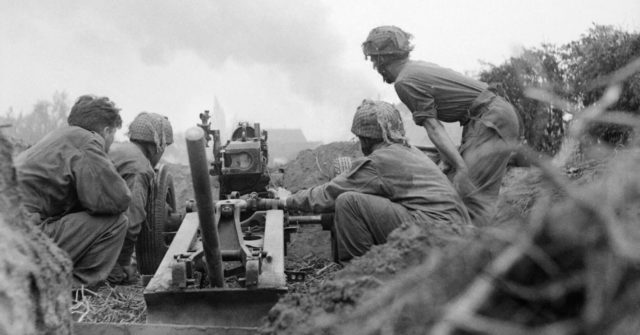
The second part of the plan was Operation Garden. This plan involved sending British tanks to Arnhem, using the bridges secured by the airborne units. At first, everything went according to plan. 20,000 paratroopers landed in Holland after US bombers attacked targets in and around Arnhem.
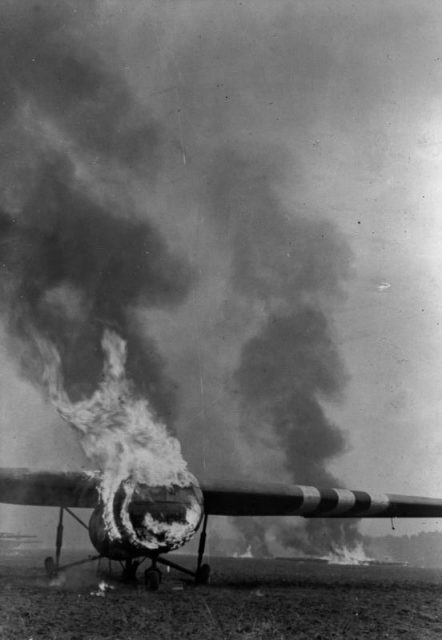
Residents of Oosterbeek recognized that the bombing meant the Allied troops were coming and met them with carts to help move supplies. The helpful locals, though, proved to be a hindrance to the troops, slowing their advance.
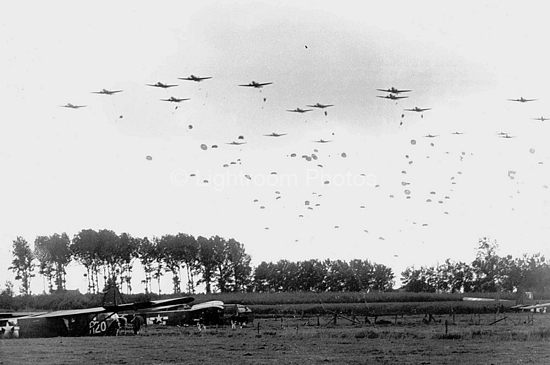
A nearby German battalion, though, cut short the jubilation of the residents as they launched a brutal counter-attack. Dutch citizens risked their lives to pull injured Allied soldiers into their homes to nurse them back to health. In the end, the Allied soldiers found themselves deep in enemy territory with little ammunition and no reinforcements.
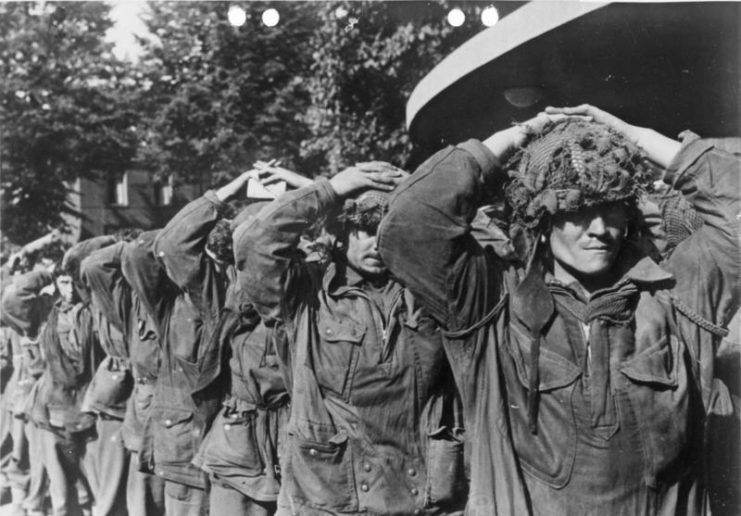
The plan to push into Germany had not included any provisions for dealing with a determined and prepared enemy, and the troops that were not captured were forced to retreat. However, the real damage was to the Dutch citizens who were looted by the German soldiers, had their homes burnt down and were starved during that winter – leading to tens of thousands of civilian deaths.
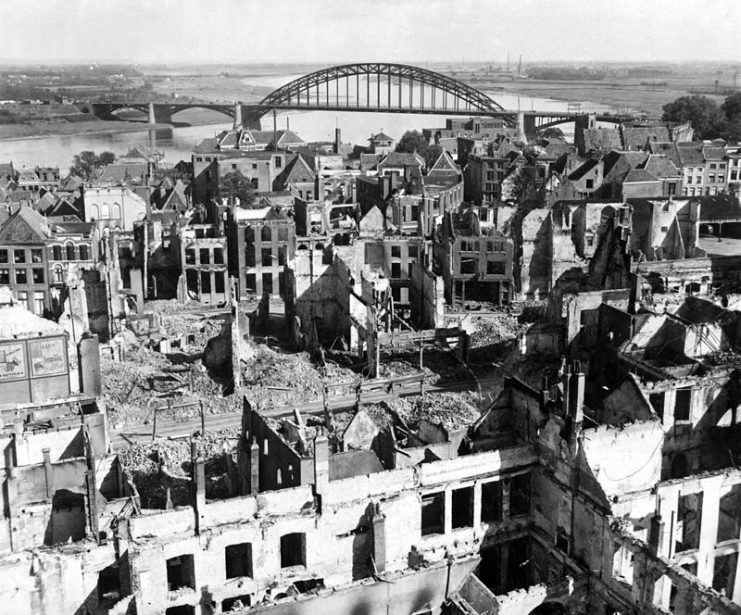
By the time the war ended the next year, Allied troops that reached Arnhem were met by people so emaciated that they were compared to concentration camp victims. These conditions help support the thesis that Market Garden may have done more harm than good in the liberation of the Netherlands.
